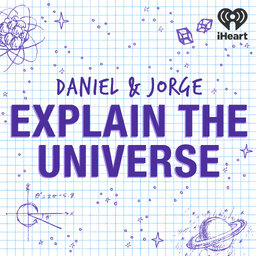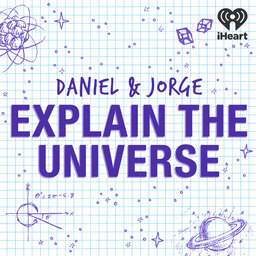Did the James Webb Space Telescope disprove the Big Bang Theory?
Daniel and Jorge talk about the surprises found in the first science from the James Webb telescope and what it means for our understanding of the early Universe.
See omnystudio.com/listener for privacy information.
 Daniel and Jorge Explain the Universe
Daniel and Jorge Explain the Universe


